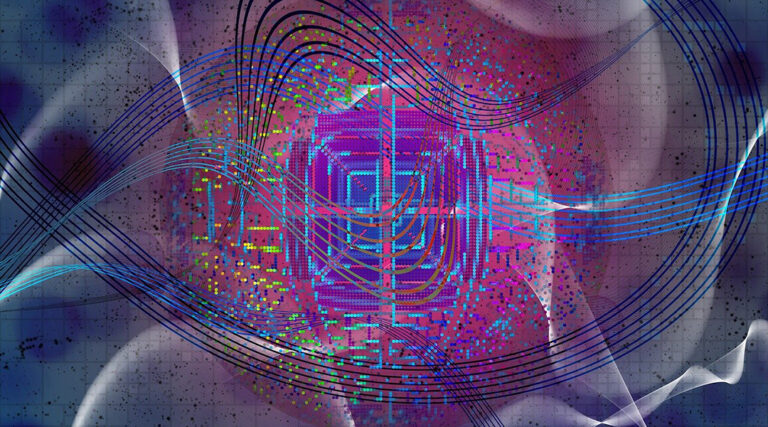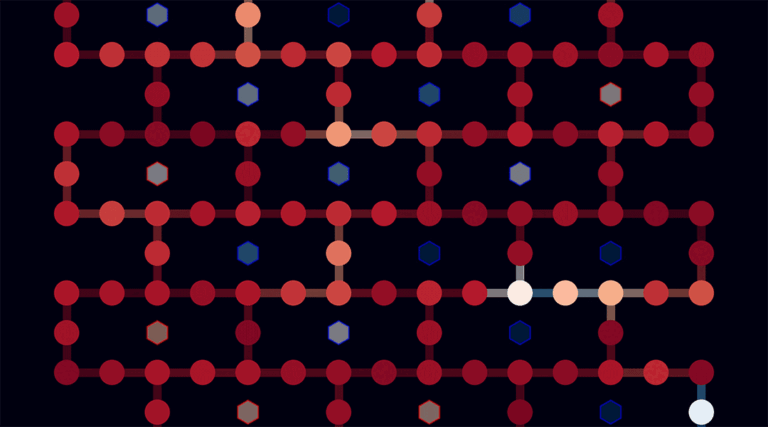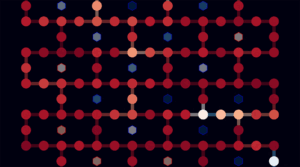Scientists are using crystal imperfections to generate secure encryption, paving the way for quantum-resilient data protection.
Scientists have developed a new device that may hold the key to securing our digital future against the looming threat of quantum hacking. Designed to generate controlled errors, this innovation could make it possible to implement practical and robust post-quantum cryptography, protecting sensitive data from powerful quantum computers.
As quantum computing advances at an unprecedented pace, industries from healthcare to materials science are set to be transformed. However, these advances also threaten to unravel traditional encryption protocols, which safeguard secure communication worldwide.
To counter this challenge, researchers are exploring post-quantum cryptography, a cutting-edge approach to data security. This represents a significant step forward, offering hope for a safer, quantum-resilient digital world.
Post-quantum cryptography
Encryption today relies on mathematical problems that are easy to solve with the correct key but computationally unfeasible without it. When two parties exchange encrypted messages, a shared key ensures only they can decrypt the information. However, quantum computers are changing the rules.
Algorithms like Shor’s, specifically designed for quantum systems, excel at factoring large numbers — a task that forms the backbone of modern cryptographic schemes. While conventional computers would need an impractical amount of time — longer than the age of the universe — to break this encryption by brute force, a sufficiently advanced quantum computer could do it in seconds, rendering widely used encryption methods obsolete.
This threat has led to the development of quantum communication methods, such as quantum key distribution. These approaches use the principles of quantum mechanics to create unbreakable encryption.
Yet, quantum key distribution demands specialized hardware, such as single-photon sources, which remain challenging to produce reliably at scale.
The solution may lie in post-quantum cryptography — a field dedicated to developing encryption algorithms that can withstand quantum attacks without relying on specialized quantum hardware.
Among the most promising techniques is the intentional introduction of specific errors, commonly referred to as Gaussian noise, into encrypted data. These deliberate errors render the information incomprehensible to quantum computers. However, legitimate users, equipped with pre-shared information, can easily reverse the noise to retrieve the original message.
Despite its theoretical elegance, implementing this method efficiently poses significant challenges. Software-based approaches for generating Gaussian noise are resource-intensive, consuming considerable computational power and memory. This limitation has driven researchers to explore hardware solutions.
Harnessing errors with tin disulfide
A team led by Sungho Kim at Ewha Womans University in Korea has devised a breakthrough approach. They developed a hardware-based Gaussian noise generator using the unique properties of tin disulfide, a two-dimensional material with intriguing electronic behavior.
Within tin disulfide, imperfections in its crystal structure caused by missing atoms or disordered layers known as bulk traps play a key role. These traps alter the behavior of nearby electrons, creating quantum states that influence electrical signals passing through the material.
When subjected to precise electric pulses, these traps capture and release electrons, generating fluctuations in the current. The researchers demonstrated that these fluctuations produce Gaussian noise — ideal for encryption — without requiring computationally expensive algorithms.
“Implementing Gaussian distributed errors is challenging owing to computational and memory overhead,” the team wrote in their paper. “Therefore, this study proposes a Gaussian error sampler that employs the intrinsic Gaussian properties of nanometer-scale [device]. The Proposed Gaussian error sampler significantly reduces computational and memory overhead.”
To ensure their system’s effectiveness, the researchers fine-tuned the voltage of the electric pulses applied to the tin disulfide device. By comparing the generated noise with software-based Gaussian errors, they confirmed a nearly perfect match, validating their hardware’s performance.
The scientists envision integrating this device into a system-on-chip that combines all the essential functions of post-quantum cryptography, including key generation, encryption, and decryption. Such an integrated solution could deliver secure communication at a fraction of the power and cost required by traditional approaches.
Reference: Moon-Seok Kim et al, Mem-Transistor-Based Gaussian Error–Generating Hardware for Post-Quantum Cryptography Applications, Advanced Quantum Technologies (2024). DOI: 10.1002/qute.202400394
Feature image credit: Pete Linforth on Pixabay












+ There are no comments
Add yours